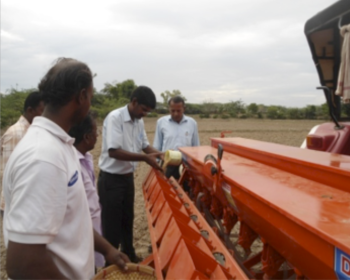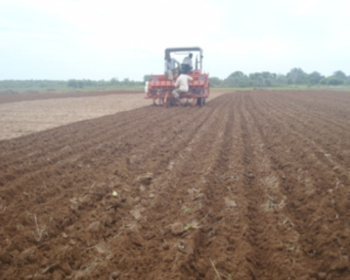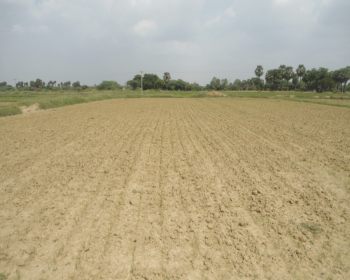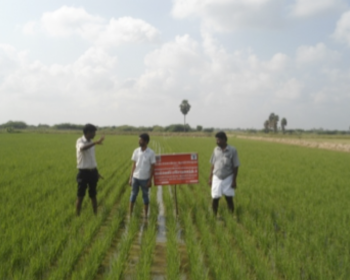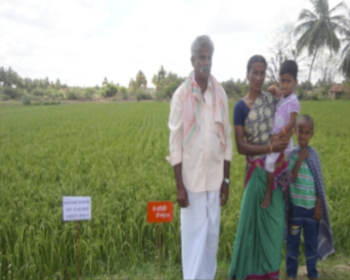
|
|||||||||||||||||||||||||||||||||||||||||||||||||||||||
| Home | Seasons & Varieties | Tillage | Nutrient Mgmnt | Irrigation Mgmnt | Weed Mgmnt | Crop Protection | Cost of Cultivation | Photobank | |||||||||||||||||||||||||||||||||||||||||||||||||||||||
Major Areas :: Dryland Agriculture :: High Yield Crops |
|||||||||||||||||||||||||||||||||||||||||||||||||||||||
|
|||||||||||||||||||||||||||||||||||||||||||||||||||||||
| Home | Seasons & Varieties | Tillage | Nutrient Management | Irrigation Management | Weed Management | Crop Protection | Cost of Cultivation | Photobank| Disclaimer
© All Rights Reserved. TNAU-2016. |
|||||||||||||||||||||||||||||||||||||||||||||||||||||||
